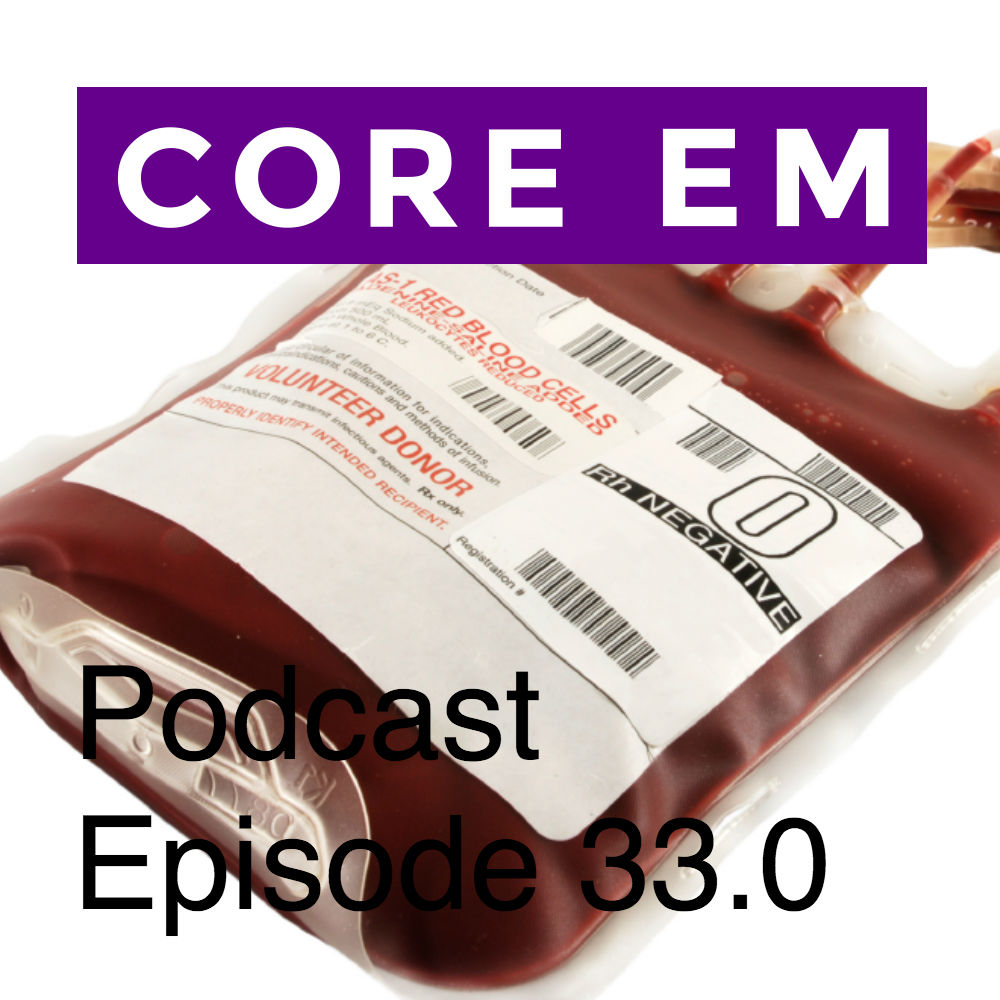This week, we review the management of post-partum hemorrhage focusing on identifying the cause, resuscitation and directed medical therapy.

 Core EM - Emergency Medicine Podcast
Core EM - Emergency Medicine Podcast Episode 33.0 – Post-partum Hemorrhage
5 snips
Feb 8, 2016 Join a riveting discussion on managing postpartum hemorrhage, spotlighting the importance of immediate care and monitoring for mothers and newborns. The hosts share gripping experiences from their residency, emphasizing teamwork during high-pressure deliveries. Explore critical interventions like uterine massage and medications to combat uterine atony, along with insights into serious complications such as uterine inversion. Discover essential steps and structured approaches that can make all the difference in emergency scenarios.
AI Snips
Chapters
Books
Transcript
Episode notes
Emergency Shoulder Dystocia Delivery
- Jenny Beck-Esmay described an emergency delivery where a woman was crowning in the ambulance triage area.
- They managed a shoulder dystocia by repositioning the patient and rotating the anterior shoulder forward for successful delivery.
Monitor Mother Post-Delivery
- Do not relax after the baby is born; monitor the mother closely for postpartum hemorrhage.
- Ensure two large bore IVs, provide oxygen if needed, and place the patient on a monitor immediately when bleeding is detected.
Uterine Atony is Most Common Cause
- The most common cause of postpartum hemorrhage is uterine atony, which means the uterus fails to contract after delivery.
- Treat uterine atony first with manual massage and uterotonic medications like oxytocin or cytotec.



